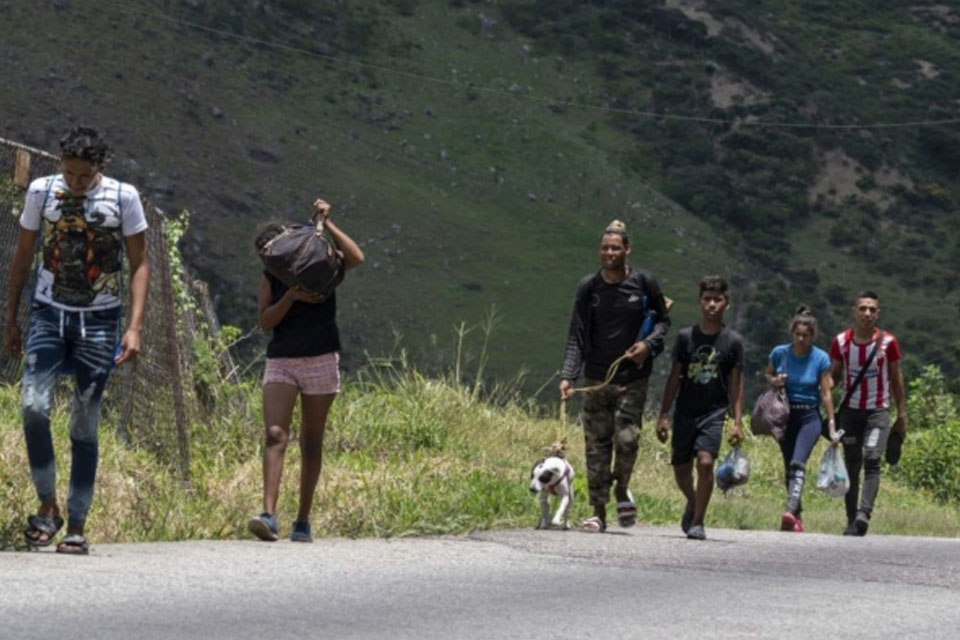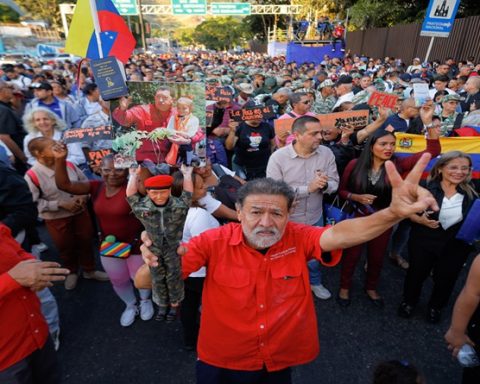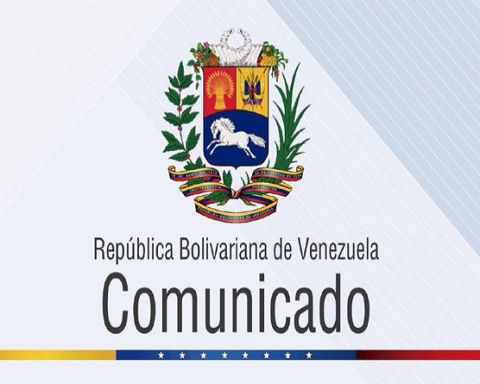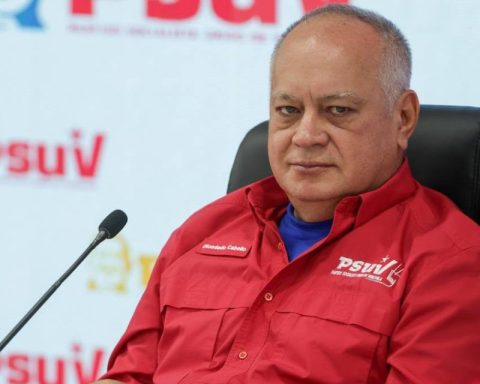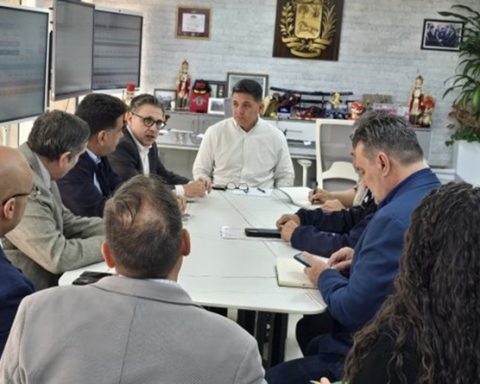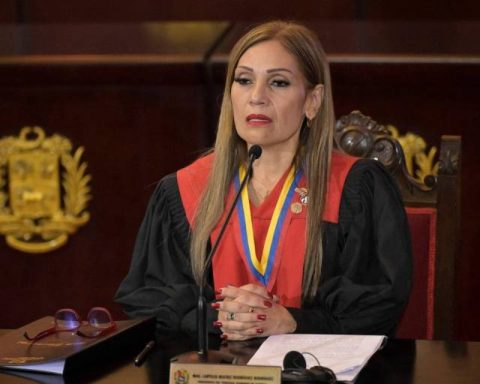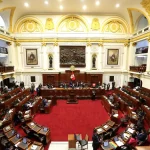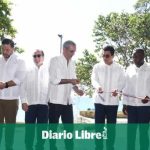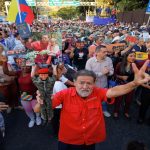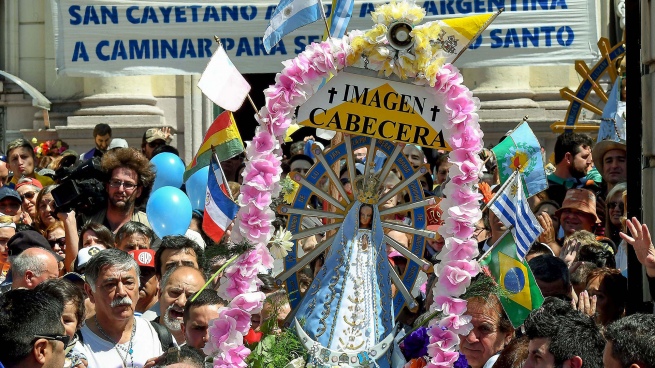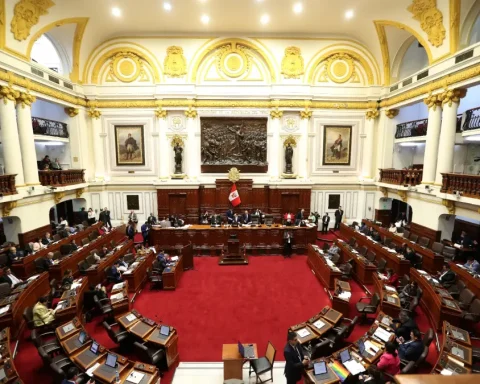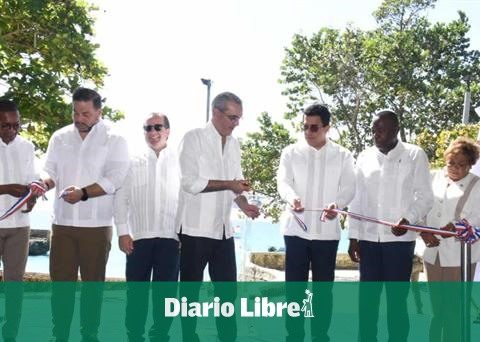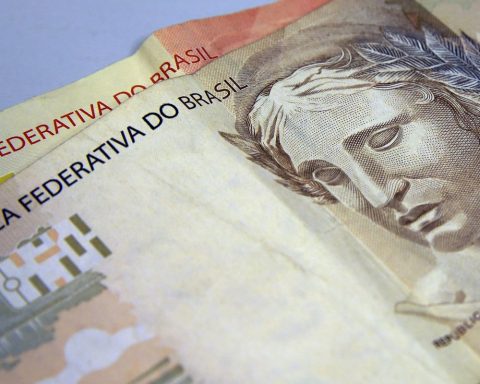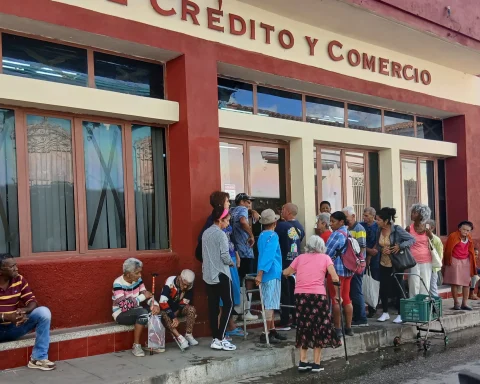The Darién Gap was crossed by some 28,000 Venezuelans in the first half of 2022, a gigantic jump compared to the little more than 2,800 who did so in 2021
Some 40 migrants are advancing in a group towards an illegal step on the border between Venezuela and Colombia, the first leg of a visa-free trip to the United States on an odyssey on foot that will include the dangerous Gap of Darien.
“Fear is sometimes forgotten in order to obtain better things in life”, says to the AFP Eiden Serrada, an 18-year-old in the platoon, aware of cases of deaths, disappearances and abuses in the 266 km jungle passage between Colombia and Panama, increasingly attractive to Venezuelans.
This crossing, according to the International Organization for Migration (IOM), it was crossed by some 28,000 Venezuelans in the first half of 2022, gigantic leap compared to just over 2,800 who did so in 2021.
Near the trocha, as the illegal border trails are called in the area, Venezuela and Colombia reopened the border to cargo vehicles after reestablishing diplomatic relations.
But nothing changes for the walkers.
A registry of the Border Social Research Observatory (Odisef) estimates that only 1% have a passport, a document that costs 200 dollars, so they cannot use formal crossings, indicated the news agency in its chronicle.
More than six million Venezuelans have migrated since 2015 due to an unprecedented economic crisis, the UN calculates, although the government of Nicolás Maduro dismisses that number.
The phenomenon of migrants on foot emerged strongly in 2017, with routes to other Latin American countries in principle, but the United States has become a sought-after destination.
Venezuelans, in fact, were caught up in the political battle in that country, with Republican governors sending thousands of migrants to Democratic strongholds to protest the policy of President Joe Biden, accused of having turned the border into an uncontrolled sieve.
*Also read: Zulia reported the highest number of covid-19 cases this #30Sept
“Mommy, I’m going to the United States”
From “one day to the next”, Jonathan Gil began to walk.
“I needed to buy food for my mom and since I didn’t see myself with money, I felt bad, and I told her: ‘Mommy, I’m going to the United States and when I’m there I’ll send her everything she needs'”, he tells the AFP this 24-year-old ex-military man, on the highway to the border town of San Antonio (Táchira state).
Jonathan left six days earlier on foot from El Tocuyo, a town some 600 km away, with his partner, a friend and a 15-year-old boy. They walk around in flip-flops, with small backpacks, and they have a dog.
Hours later they stop at a migrant shelter in San Antonio, managed by the Catholic Diocese of San Cristóbal and the IOM in a project born in 2018. There they have food and a bed… at least one night.
With 19 bunk beds and two playpens for babies, the shelter welcomes migrants, to those who give water purification tablets, soap, sunscreen and other items that will help them on the route; talks about protection mechanisms and international organizations that can assist them; and legal advice.
“Help us eat! We are walkers!” shouts the next day a man in the streets of San Antonio with his one-year-old girl in his arms. His family is the first of four groups, all with minors, who arrive at this shelter that morning.
Businesses in this town of 60,000 people offer baths and showers for 4,000 Colombian pesos (one dollar), since the depreciated Venezuelan bolivar practically disappeared at the border. Travelers who begin their journey abroad on foot or return, also walking, to Venezuela move through the bus terminal daily.
Round trip
A thousand migrants pass through the shelter each month, he tells the AFP Cristhian Pastrán, spokesman for the diocese, who points out that the flow increases and changes: “it is no longer just outward, but also back.”
58% of the groups of walkers that Odisef counted between June and August left and 42% entered a country whose economy gained oxygen after the relaxation of suffocating controls.
Almost half of these migrants were children and adolescents, highly vulnerable to human trafficking. Posters and brochures warn of this danger in the shelter.
The diocese has another shelter – focused on victims of trafficking or sexual abuse – and seven mobile assistance points. Up to 10,000 people, Pastrán points out, have been served in a month by the entire network.
Belén González, 25, arrives at the San Antonio shelter with her daughter and her husband, on her return to the country on foot after migrating to Ecuador in 2020. Her husband became unemployed.
“We didn’t have enough for the rent and they took us out on the street,” he says.
On an endless route, returnees like Belén contemplate migrating again without a visa, now with the Darién on the horizon. “We don’t know if we’re going to go again. We think of the United States.”
Post Views:
821
